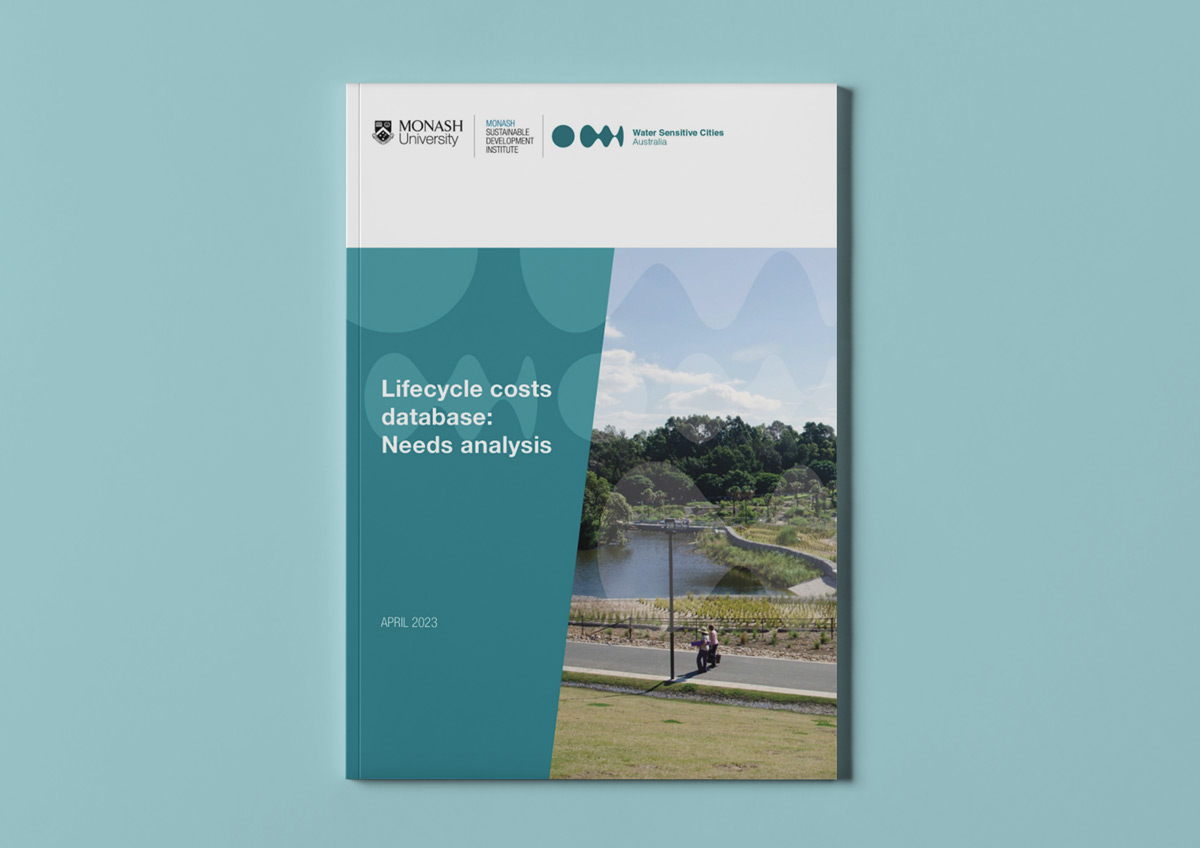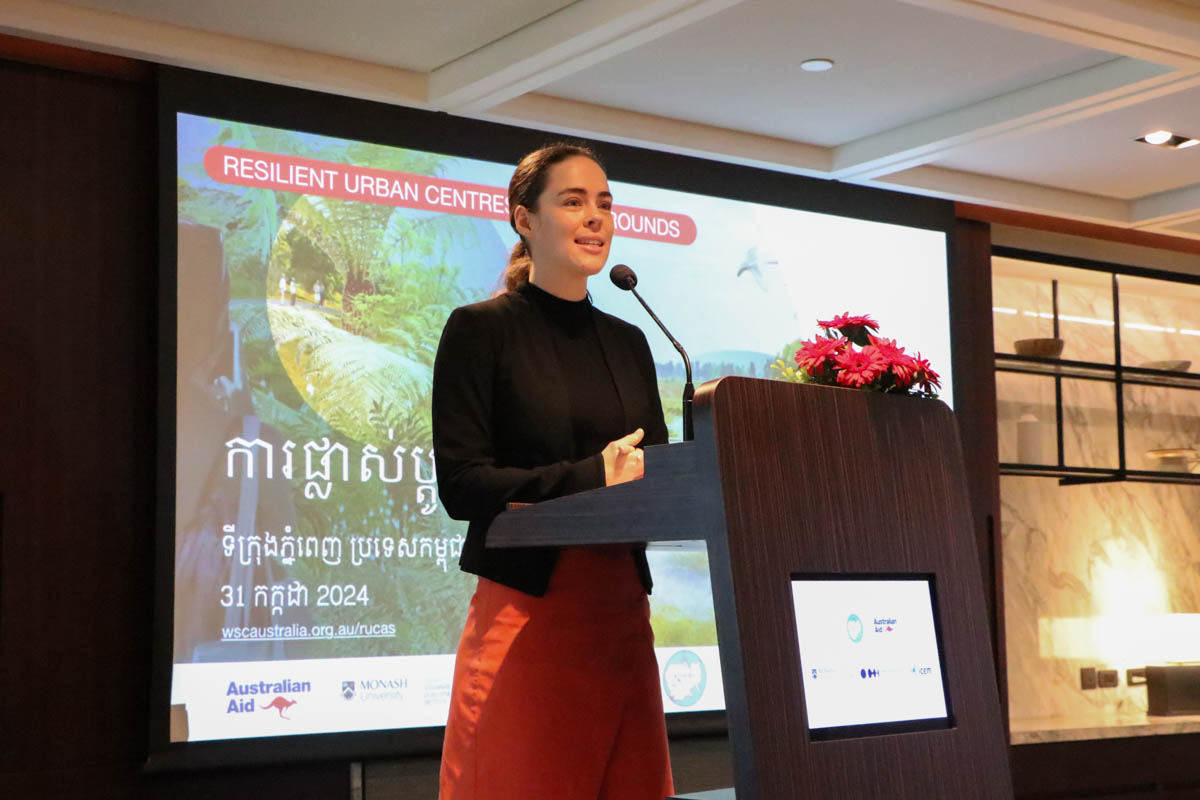Research and industry experience from across Australia consistently identifies the need for comprehensive and accurate lifecycle cost information for water sensitive solutions. In part, this call for better information on costs is to counter the persistent perception that maintenance costs for water sensitive solutions are a significant barrier to their widespread adoption.
To address this issue, Water Sensitive Cities Australia is working with partners around Australia to support better understanding and estimation of costs at each stage of the asset lifecycle:
- strategic planning
- financing and approvals
- design and procurement
- construction and establishment
- asset handover
- asset management, operations and maintenance
- asset renewal/decommissioning.

Practitioners find it challenging to determine actual costs across a range of assets and locations with suitable accuracy and reliability to inform annual maintenance budgets (including materials, plant and labour). Further, collecting appropriate cost data to inform budgets and business cases, along with other persistent issues such as skills, capacity and capability, are seen as more significant barriers than just the cost of maintenance alone. In other words, better cost estimation is more than just a data collection process. It’s an opportunity for practitioners to better understand the costs themselves and how these data can be used to introduce water sensitive solutions more widely.
Stage 1 of the project involved conducting a needs assessment, to identify the clear problem statement that will then be used to guide development of the toolkit. The problems consistently identified are:
- There are information gaps for some types of infrastructure solutions (i.e., we know less about WSUD assets than other infrastructure; we tend to focus on the assets we already have without considering the assets we might want to create in the future).
- There are gaps in spatial coverage of data. A national perspective would greatly increase the utility of the data, allowing a user to access and adapt data from another jurisdiction or climate context.
- Where data already exists, it is often orphaned and out of date.
- There is no consistent standard for collecting and managing data. Even consistent definitions and a common framework of what is considered would assist.
- Data that exists is underutilised in benefit–cost analysis. Existing data is typically used in concept and detailed design stages and accessed through tools such as MUSIC. The data may not be available (or in a useful form) to those undertaking benefit–cost analysis.
WSCA recently released a short report on the lifecycle costs needs analysis. You can read the report here. We’ll provide regular updates as the database progresses. If you have any questions about the database, you can contact us at info@wscaustralia.org.au




